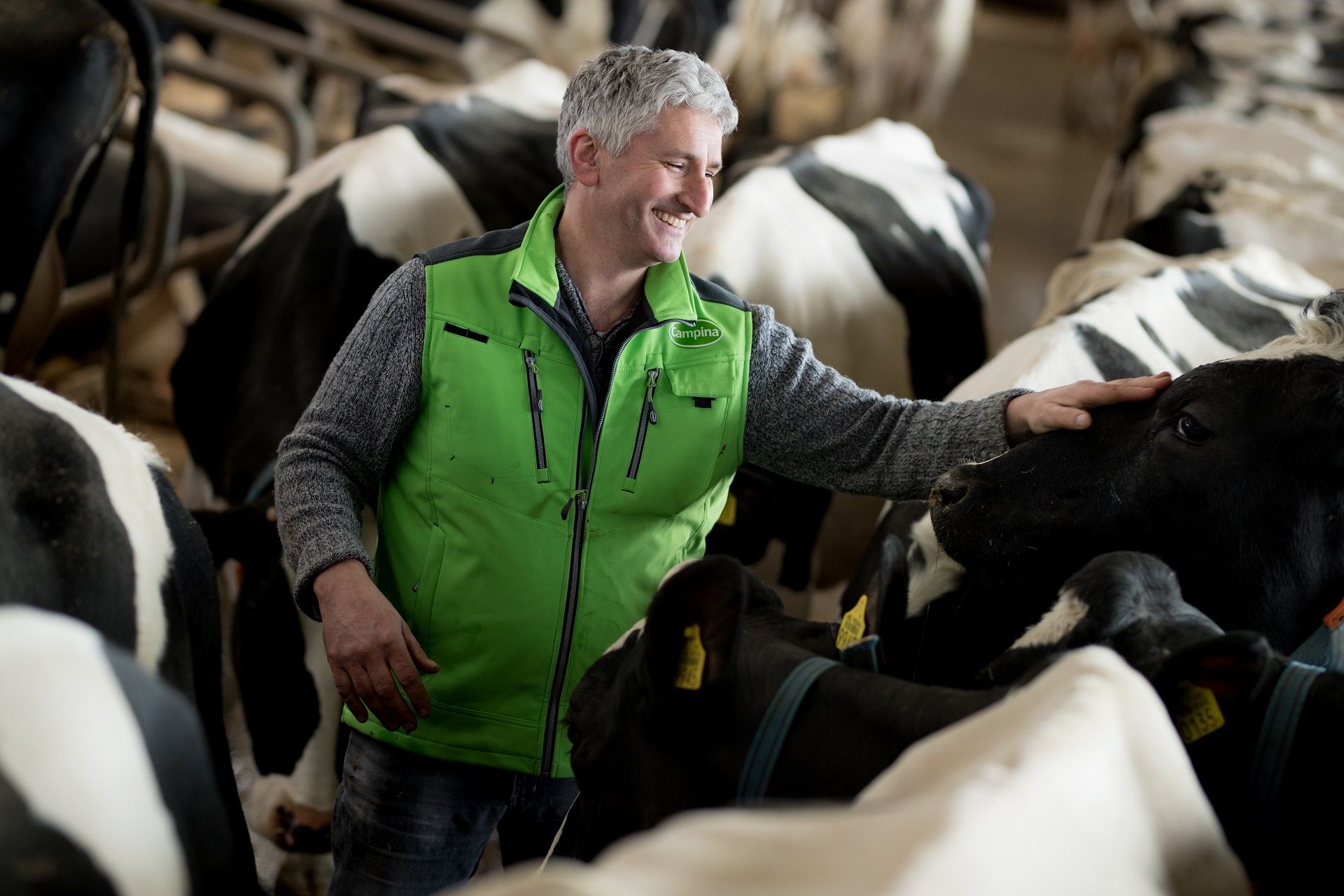
The Netherlands is considering the radical program of cutting livestock down by 30 percent. The country plans to initiate this by forcing farmers to sell their lands and emission rights to the state.
What is this new proposal the Netherlands is proposing?

Civil services at Netherlands finance and agriculture ministry came up with a new idea to reduce livestock numbers by almost a third of its population. The EU’s biggest meat exporter and livestock industry is th home to over 100 million cattle, pigs, and chickens. After all, it has an average density of 2372 poultry, 298 pigs, 93 cattle, and 14 goats per kilometer square as of 2018. The same area houses 414 people.
The radical proposes livestock numbers to be slashed by 30 percent by ordering farmers to sell their land and emission rights to the state. “We are a relatively small country with a lot of inhabitants, industry, transport, and agriculture, so we are reaching the limits of what nature can take,” said Rudis Buis, a spokesperson for the ministry of agriculture. “There is a high level of urgency for us to tackle the nitrogen compounds problem. This means that shortly, choices must be made,” added Buis.
What is the reason behind this radical plan?

The radical proposal comes at a time when the country is battling a ‘nitrogen crisis.’ The Netherlands is battling an intense climate crisis due to an excess of nitrogen emissions. The proposal stems from the concern that livestock produces manure, which releases ammonia, a nitrogen compound when mixed with urine. Moreover, the ammonia can get into water bodies which damages natural habitats. Additionally, nitrogen leads to oxygen depletion in the water surface due to algae buildup. Moreover, a study published in Elsevier states that livestock production can lead to an increase in groundwater nitrate pollution.
“In addition to the unwanted impacts upon soil functioning, nitrogen in the soil, which is largely attributable to livestock production, leaches to groundwater mainly in the form of nitrate (NO3−)…In 2012-2015 this led to exceedance of the standard (50 mg nitrate/L) in 47% in the sandy soil region, 8% in the clay region, 60% of the farms in the loess region, and none of the farms in the peat region. The exceedance of standards influences drinking water production and surface water quality. The percentage of farms with exceedance of the standard was different specifically on dairy farms,” states the paper.
Here’s the general reaction to the proposal

Farming groups around the country are against the proposal. As a form of protest, they are blocking roads with tractors. However, environmentalists welcome the plan as a positive stem for cutting down nitrogen emissions. (swagatgrocery.com) “It’s a land grab from the government which does not fit with good governance. The other reason is very practical: expropriation takes five to seven years before you have results. And in many cases longer. We don’t have this time, and it is of course far more expensive,” said Wystse Sonnema. Sonnema is the public affairs head at Netherlands Agricultural and Horticultural Organization (LTO).
“In the Netherlands, there is already a contraction of 3% a year in the agricultural sector. Many farmers have nobody to hand on to, and it is predicted that in 10 to 15 years, 40% to 50% will have stopped anyway. Plans for forced expropriation … are disastrous for support and trust in government,” expressed Drek Boswiji, an agriculture spokesman for Christian Democratic Appeal. He believes this expropriation can be destructive. Moreover, the Forum for Democracy vetoes the law and, the LTO stated it as unachievable for 2035.






